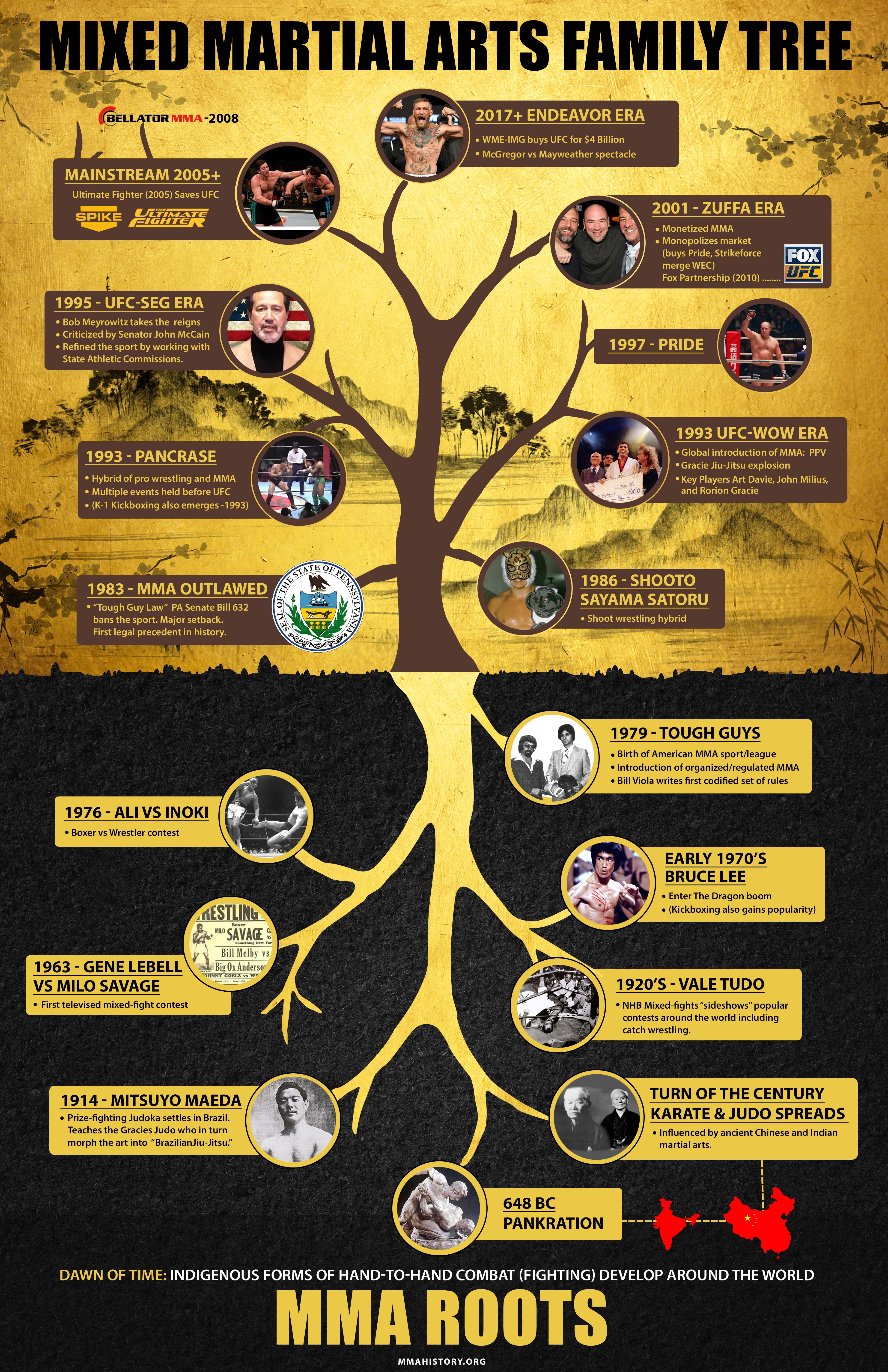Exactly How Does The Focus On Self-Control In Conventional Martial Arts Contrast With The Affordable Element Of Contemporary Fight Sporting Activities? Find Out About The Vital Differences That Can Lead Your Advancement
Exactly How Does The Focus On Self-Control In Conventional Martial Arts Contrast With The Affordable Element Of Contemporary Fight Sporting Activities? Find Out About The Vital Differences That Can Lead Your Advancement
Blog Article
Web Content By-Camp Finnegan
When you think of martial arts, do you lean a lot more toward the conventional practices or the modern battle sporting activities? Each path uses unique benefits and experiences, formed by their viewpoints and training techniques. please click the up coming article stress personal growth and discipline, while modern battle sporting activities focus on competitors and performance. Understanding these differences can lead you in picking the right approach for your trip. But how do these distinctions manifest in training and approach?
The Viewpoint and History Behind Conventional Martial arts
While many individuals connect martial arts with physical battle, the ideology and history behind conventional martial arts run much deeper. You'll discover that these self-controls highlight personal growth, discipline, and respect.
Stemming from old techniques, conventional martial arts were commonly created for Self-Defense and spiritual development. They personify principles such as balance, consistency, and self-constraint, guiding specialists past mere battling abilities.
As you educate, you'll not only find out strategies but also gain understandings into the society and worths that formed these arts. The routines and traditions, usually passed down with generations, promote a feeling of area and belonging.
The Competitive Nature of Modern Fight Sports
Modern combat sporting activities have changed the landscape of martial arts right into a highly affordable field, where athletes challenge in an examination of skill, approach, and endurance.
You'll discover that competitions are often arranged with rigorous rules and policies, guaranteeing fair play and security. These occasions bring in huge target markets, sustaining the exhilaration and strength of matches.
Athletes train carefully, not just for physical prowess but also for psychological strength, knowing that every information counts in the ring. The adrenaline rush throughout competitions is palpable, as boxers press their limits to assert victory.
Followers appreciate the athleticism and artistry involved, making modern fight sports a thrilling phenomenon that remains to advance and captivate lovers all over the world.
Training Techniques and Strategies: A Relative Analysis
The affordable atmosphere of contemporary battle sporting activities demands innovative training methods that vary substantially from standard martial arts.
In modern training, you'll concentrate on specific strategies, competing, and conditioning, often utilizing drills that imitate real fight situations. You'll see an emphasis on quantifiable performance and regular competitors to analyze your skills.
On the other hand, standard martial arts prioritize types, katas, and thoughtful mentors, often emphasizing self-control and regard over competition.
Training is usually much less extreme and may involve recurring method instead of real-time sparring.
While both strategies construct skill and physical fitness, contemporary battle sports offer a much more vibrant and versatile training atmosphere, preparing you for immediate obstacles in the ring or cage.
Choose adult brazilian jiu jitsu near me that lines up with your objectives and interests.
Conclusion
In selecting in between standard martial arts and contemporary fight sporting activities, it actually comes down to what you value many. If you're searching for individual growth, self-control, and a feeling of community, standard arts might be your ideal fit. But if you thrive on competitors and real-time challenges, modern-day battle sports could be the means to go. Eventually, both courses supply distinct benefits, so it's all about aligning your training with your personal objectives and interests.
